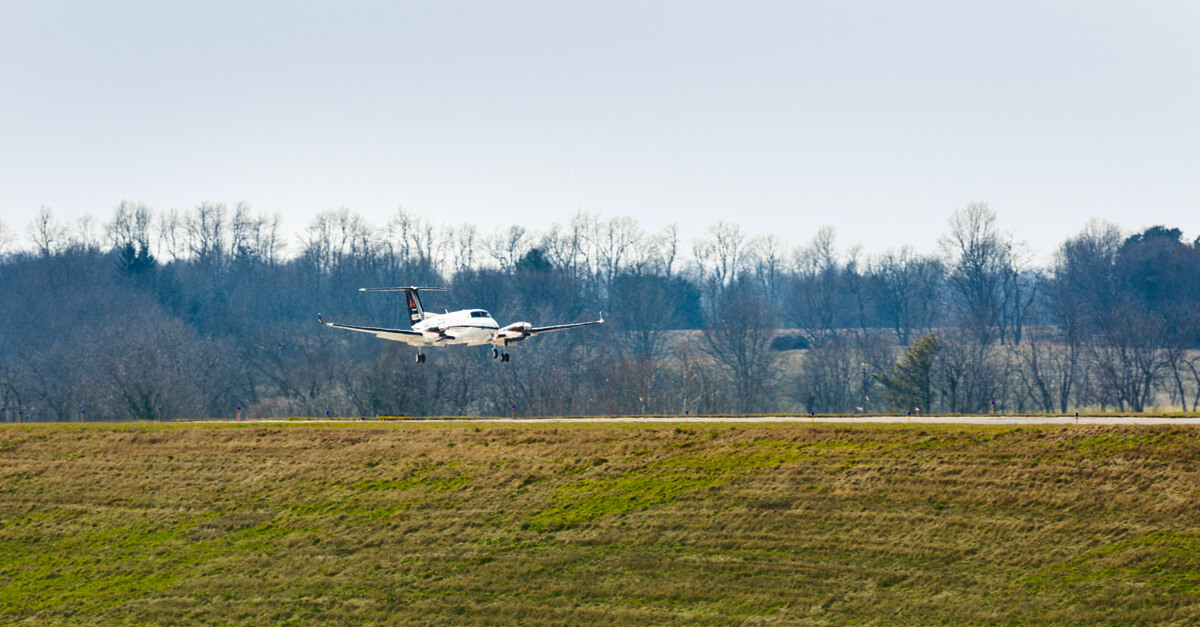
Feb. 12, 2020
The FAA recently published revisions to the Aeronautical Information Manual (AIM), including clarifications of “approach category” and its application in determining the appropriate straight-in or circling minima on an instrument approach.
Previous AIM language required pilots to use the next higher approach category if it was necessary to maneuver at a speed above the upper limits of the aircraft’s defined approach category.
The revised language advises a pilot is never required to use the next higher approach category.
“The AIM revisions clarify an aircraft is certified to one approach category,” said Richard Boll, member of NBAA’s Access Committee and chair of the Airspace, ATC, and Flight Technologies Working Group. “The important thing is to remain within protected airspace, whether in a circling or straight-in approach.”
In order to remain in protected airspace, it is still recommended – but no longer required – that pilots use the next higher approach category if possible, Boll explained.
This revision comes in part due to industry work with the FAA in response to many approaches published with CAT C minima and CAT D depicted as “NA” – “Not Authorized” – often a result of FAA airport design standards or upon request from the airport operator. This essentially prohibited CAT C airplanes from flying straight-in approaches or conduct the circling maneuver at a speed above the CAT C speed limit of 140 knots.
The revised AIM language also provides guidance for pilots regarding responsibilities and recommended actions in flying these approaches, including using either the minima corresponding to the category determined by certification or minima associated with a higher category. However, the AIM cautions, “If it is necessary to operate at a speed in excess of the upper limit of the speed range for an aircraft’s category, the minimums for the higher category should be used.”
Another important revision is a reminder that operations below the minimum decision altitude or decision altitude/decision height require the runway environment be in sight and the aircraft be continuously positioned so that a landing on the intended runway can be made using a normal rate of descent and normal maneuvers.
Pilots are encouraged to review the AIM revisions. Operators should review the AIM revisions and update training and operations materials as necessary.


 International Business Aviation Council Ltd.
International Business Aviation Council Ltd.